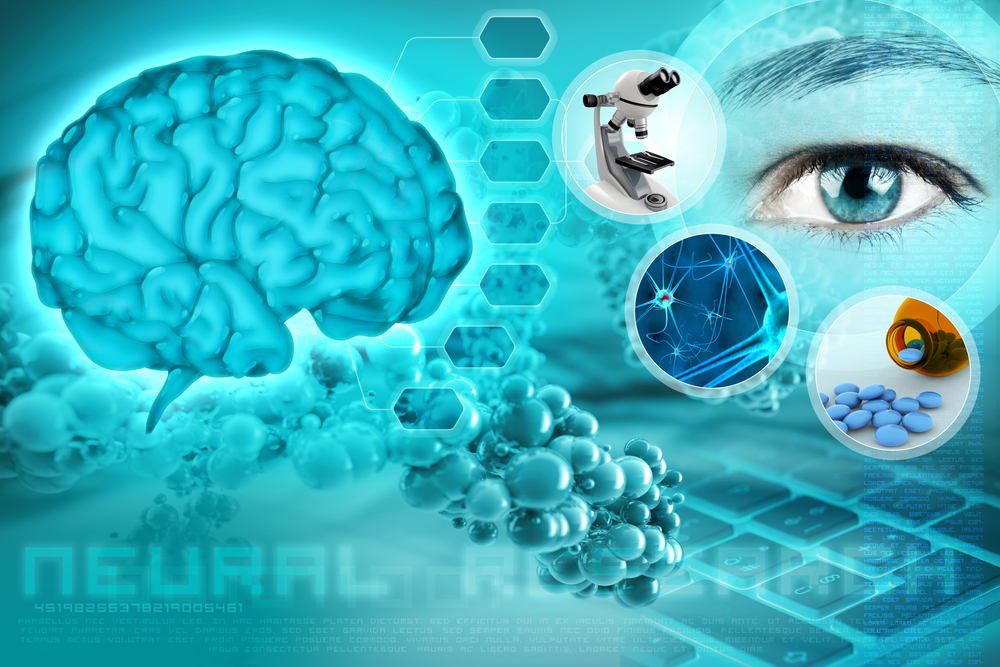An important application for neural stem and progenitor cells is their use in drug discovery procedures.
One of the key requirements in drug discovery is the ability to conduct research on the most appropriate cells types. Neural stem and progenitor cells offer the potential to safely carry out pharmacology for drugs designed to impact brain function or physiology. There is also the potential to develop disease-specific cell assays by producing recombinant stem cell lines expressing a therapeutic target.
Furthermore, having a ready supply of human brain cells would be a significant step forward in confirming results from animal experiments performed to test new drug therapies for the central nervous system (CNS).
For this reason, as early as 2008, UK stem cell specialists Stem Cell Sciences Plc., entered into a landmark agreement with the Myelin Repair Foundation of Saratoga, California, for the development of techniques that will lead to “scalable and sustainable sources of uniform human brain cells for research, target validation and drug discovery assays.”[1] Under the terms of the agreement, researchers at the Human Neural Assay Center (a part of the Neural Engineering Center) at Case Western Reserve University, Cleveland, Ohio, who are supported by the Myelin Repair Foundation, optimized methods for culturing Stem Cell Science’s human neural stem cells and their subsequent differentiation into neurons, oligodendrocytes and astrocytes. A number of similar partnerships and collaborations have come into existence since 2008.
In general, access to primary human brain tissue suitable for cell culture has been extremely limited, and tissue that is available has been difficult to sustain in culture. Using human neural stem cells could overcome this problem, providing a constant, dependable and unlimited source of brain cells. This would eliminate much of the incongruence between the results achieved in animal models and humans, thereby making drug development a more cost-effective and streamlined process. It is projected that future efforts could lead to the production of scalable and sustainable sources of uniform human brain cells within the next 7-10 years.
Another interesting application of neural stem and progenitor cells is their use in drug delivery procedures. In one landmark study, it was determined that neural stem cells could be used as novel drug delivery agents since interleukin-expressing stem cells have been shown to track and kill gliomas as they spread through brain tissue.[2] In another interesting scenario, researchers at Carnegie Mellon University worked on creating genetically engineered adult neural stem cells which can be delivered to the brain to produce and supply missing proteins.[3] The researchers targeted the brain, because this area of the body is protected by the “blood-brain barrier” that makes it very difficult to penetrate with therapeutic enzymes that are usually injected into the patient’s bloodstream.
While neural stem cells are now being developed for a range of applications, from basic research to neural toxicity assessment, the use of these cells in drug development and discovery will continue to be an important area of applied neural stem cell research.
Want to be better informed than your competition? Get future stem cell industry updates.
About Us
BioInformant is the only research firm that has served the stem cell sector since it emerged. Our management team comes from a BioInformatics background – the science of collecting and analyzing complex genetic codes – and applies these techniques to the field of market research. BioInformant research has been cited by major news outlets that include the Wall Street Journal, Nature Biotechnology, CBS News, Medical Ethics, and the Center for BioNetworking. Serving Fortune 500 leaders that include GE Healthcare, Pfizer, Goldman Sachs, and Becton Dickinson, BioInformant is your global leader in stem cell industry data.
Click here to view our global strategic reports for the stem cell and cord blood industry.
Footnotes:
[1] ScienceBusiness.net. “Stem Cell Sciences deal to develop neural cell lines for drug discovery.” Available at: http://bulletin.sciencebusiness.net/ebulletins/showissue.php3?page=/548/2725/9852. Accessed Dec 2, 2011.
[2]Senior K. “Neural stem cells as novel drug delivery agents.” Drug Discovery Today 2002; 7(24): 1194-1195.
[3] In-Pharma Technologist.com. Neural stem cell drug delivery is encapsulating. http://www.in-pharmatechnologist.com/Materials-Formulation/Neural-stem-cell-drug-delivery-is-encapsulating. Accessed Dec 2, 2011.
